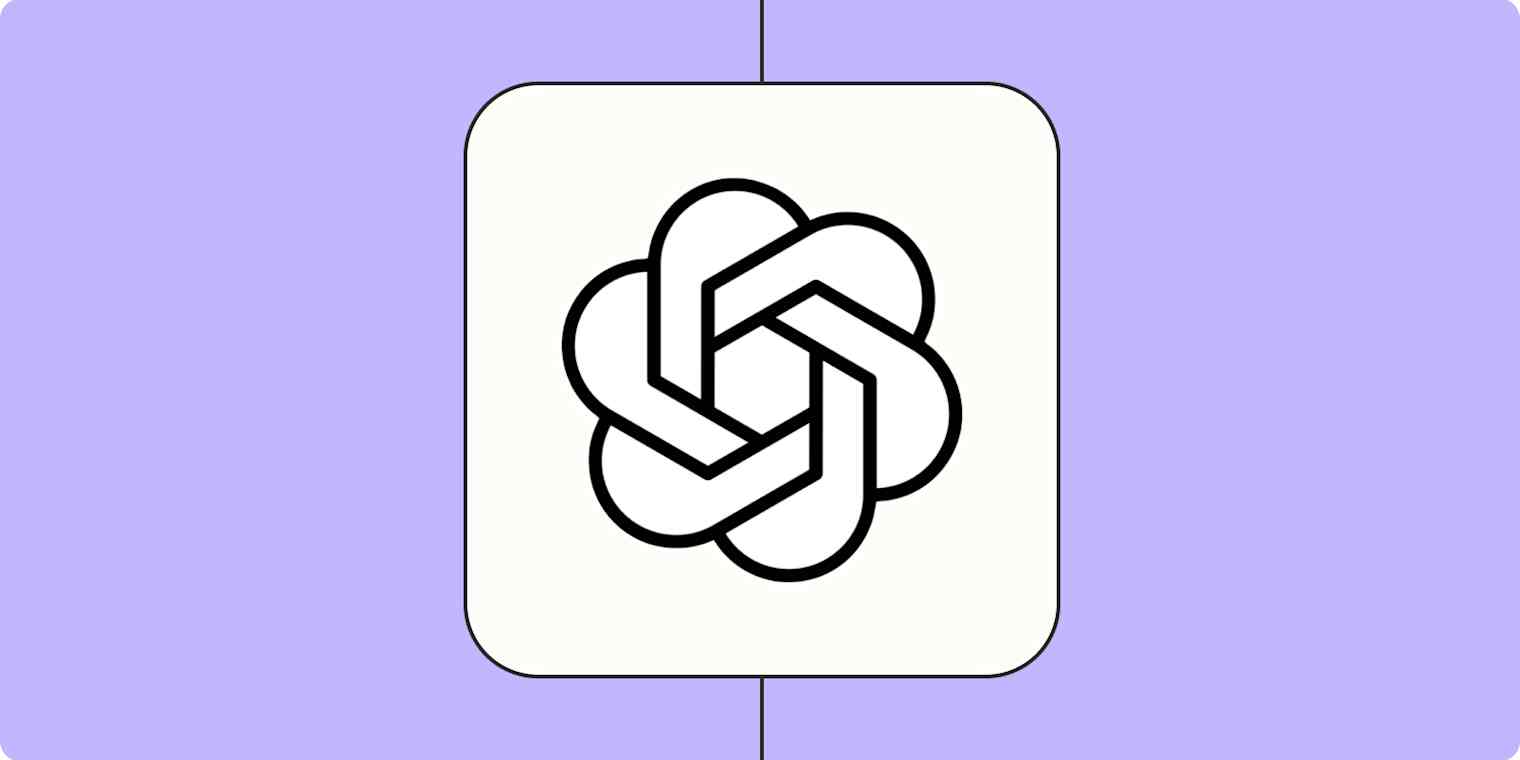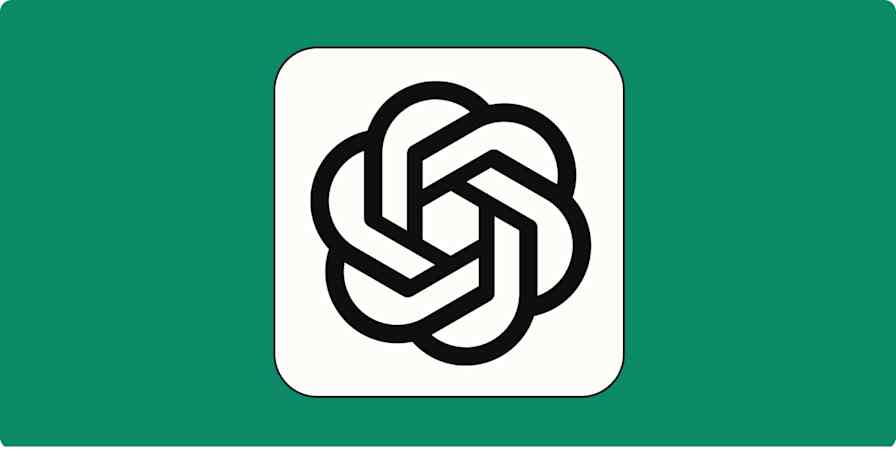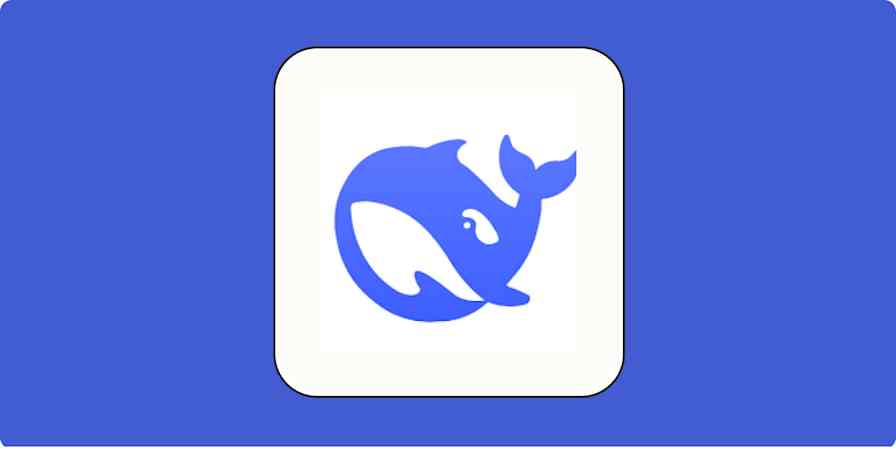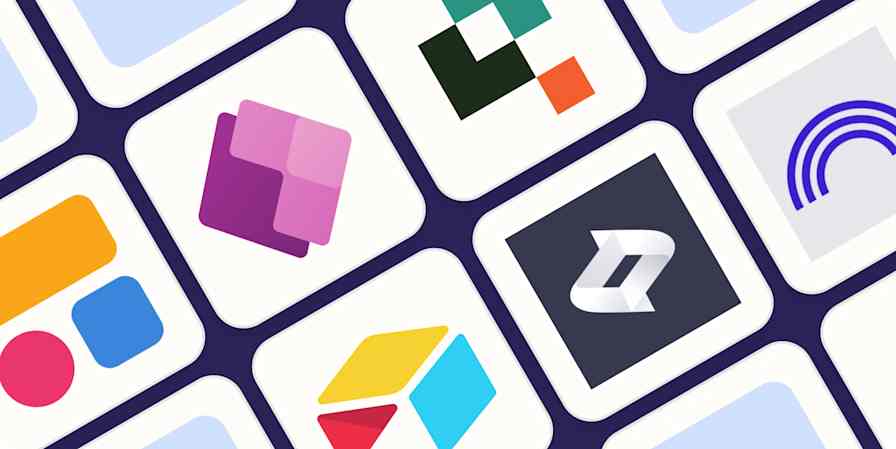App tips
6 min readHow to train ChatGPT on your own data
Plus, a few other solutions for creating your own custom chatbot.
By Jessica Lau · May 14, 2024

Get productivity tips delivered straight to your inbox
We’ll email you 1-3 times per week—and never share your information.
mentioned apps
Related articles
Improve your productivity automatically. Use Zapier to get your apps working together.








